Let’s Explore the Galaxies
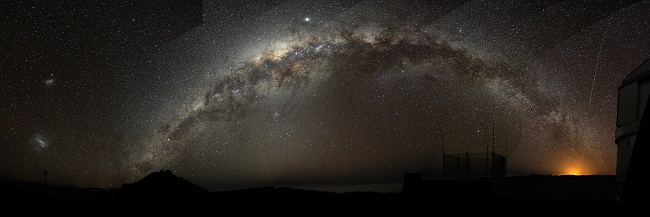 Bruno Gilli/ESO, CC BY 4.0, via Wikimedia Commons
Bruno Gilli/ESO, CC BY 4.0, via Wikimedia Commons
You probably already know we have a galaxy and it’s called the Milky Way. But did you know there are around 170 billion other galaxies in the observable universe? Let’s explore some of the different types of galaxies to discover what they’re all about.
Galaxies are made up of interstellar gas, dust and loads of stars and dark matter all bound together by a gravitational bond. There can be anywhere from 10 million to 100 trillion stars in one galaxy!
Astronomers have discovered there are four main types of galaxies; the elliptical, spiral, lenticular and irregular.
The Elliptical Galaxy
NASA, ESA, and The Hubble Heritage Team (STScI/AURA); J. Blakeslee (Washington State University), Public domain, via Wikimedia Commons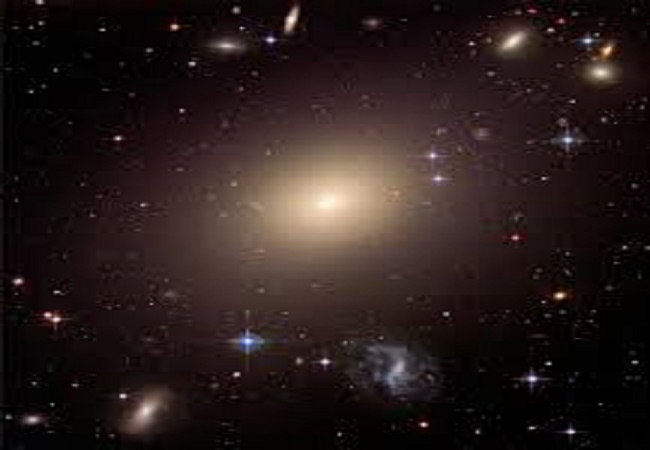
This type of galaxy is usually very old and doesn’t have any new star formations taking place. The number of stars found in an elliptical galaxy can be anywhere from a few thousand to a billion.The stars inside this type of galaxy are most often very close together. This makes it shine like one big brilliant star. If Earth were inside an elliptical galaxy, we would never have darkness.
Did You Know…Galaxies often crash into each other? Even our own Milky Way has had other galaxies pass right through it.
The Spiral Galaxy
Hubble data: NASA, ESA, and A. Zezas (Harvard-Smithsonian Center for Astrophysics); GALEX data: NASA, JPL-Caltech, GALEX Team, J. Huchra et al. (Harvard-Smithsonian Center for Astrophysics); Spitzer data: NASA/JPL/Caltech/S. Willner (Harvard-Smithsonian Center for Astrophysics, Public domain, via Wikimedia Commons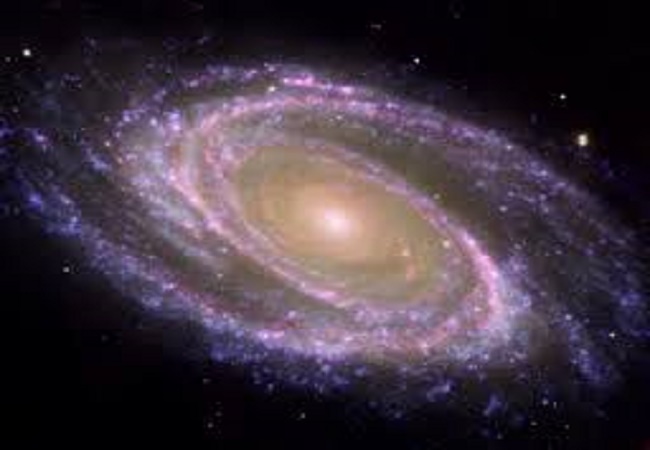
This type of galaxy has long twisting arms. The arms are not only beautiful to look at, but these “circling waves” are responsible for creating new stars. The arms of the spiral galaxy can shine very brightly. This is because some of the stars there are very big and very luminous which lights up the dust and gas in their areas.
However, these big stars don’t have a very long life. This is because they are burning up all their fuel supply. Unfortunately, these big fellas will never be able to leave the arms of the spiral galaxy. The smaller stars, on the other hand, will one day be shot out of the spiralling waves of this galaxy. They will most likely go on to shine in the sky for centuries to come.
The Lenticular Galaxy
ESA/Hubble & NASA, CC BY 3.0, via Wikimedia Commons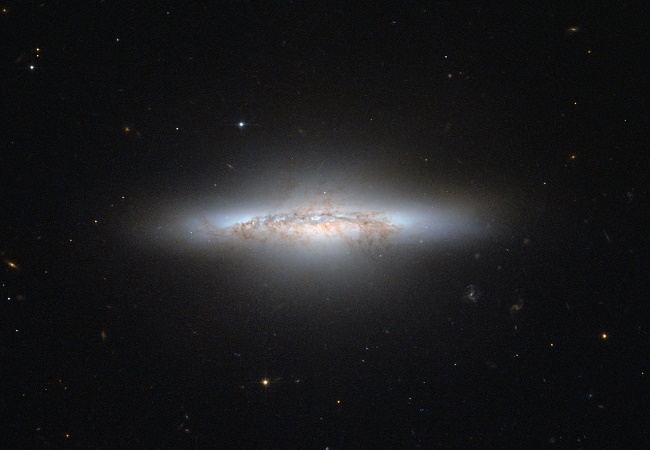
The lenticular galaxy is viewed on-edge. It contains mostly old stars and does not have any new star formation activity present. Up to 20% of all nearby galaxies are lenticular in nature. The lenticular galaxy has a bulge in the center of it, but it does not have any arms like the spiral galaxy.
Did You Know…the Milky Way contains around 400 billion stars and possbily that many planets?
The Irregular Galaxy
NASA, ESA, and The Hubble Heritage Team (STScI/AURA), Public domain, via Wikimedia Commons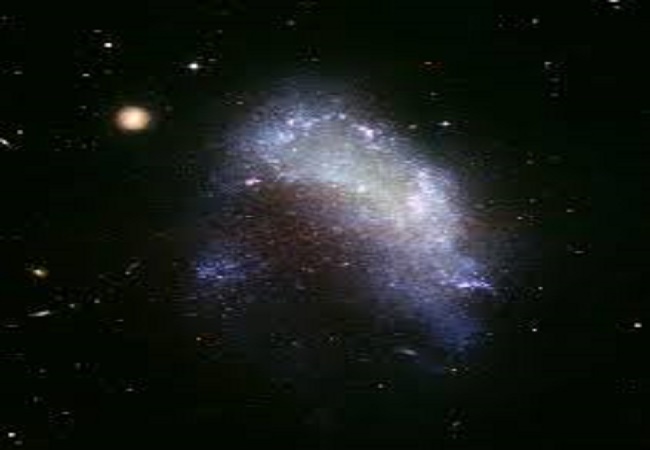
Around 20% of all galaxies are irregular. This means they are full of gas and dust and usually very small with no particular shape. Because of all this dust and gas, an irregular galaxy has lots of new star formations going on. This can make them very bright.
Now that you have discovered some very cool facts about the galaxies, go out and astound all your friends and family with this new information. If you are in a dark location, take a look up into the night sky. You will most likely be able to see our very own Milky Way on a clear night.
